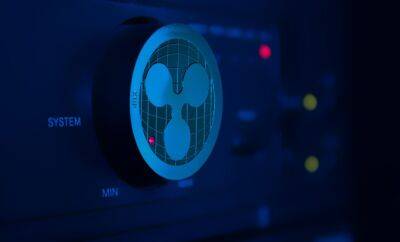XRP unveils a key technical feature amidst a bullish wave
The XRP Ledger (XRPL) is a layer-1 blockchain developed by Ripple [XRP] which functions as a global payments network, serving major banks and financial services.
Over the last month, it has witnessed a significant increase in its trading activity. Recently, the number of new accounts activated, which is a good indicator of the network’s growth, reached a three-month high of 3,383 on 29 March, as per XRP Scan.
Source: XRP Scan
Additionally, the blockchain has processed an average of more than 1.4 million transactions daily since mid-March, including the 16-month high of 2.236 million on 19 March.
Anticipating further expansion, Ripple Labs is set to dish out a new technological upgrade to address scalability issues that may surface in the future.
Realistic or not, here’s XRP’s market cap in BTC terms
Ripple announced that the sidechains support for XRPL was available for testing and initial application development on a new devnet. Ripple asked the developer community to try out the new design and provide feedback about features, bugs, or other network issues.
The Ripple ecosystem has been working on its vision of federated sidechains, designed to allow developers to adapt the XRP Ledger (XRPL) to their use case requirements.
Ripple also introduced Ethereum Virtual Machine (EVM) sidechain on devnet to bring existing Solidity-based smart contracts written for EVM-compatible chains to the XRPL.
Additionally, due to popular demand for a native smart contract-like functionality, the team unveiled Hooks. These small pieces of code will provide additional programmability on top of XRPL.
<p lang=«en» dir=«ltr» xml:lang=«en»>Can we get a witness (server)?! Read more on ambcrypto.com








![Lido [LDO] hit a key stiff resistance level, can shorting yield gains - ambcrypto.com - city Santiment](https://gocryptonft.com/storage/thumbs_400/img/2023/4/6/93006_ngls.jpg)






![Toncoin [TON] Price Analysis: 05 April - ambcrypto.com](https://gocryptonft.com/storage/thumbs_400/img/2023/4/5/92924_ylry.jpg)



